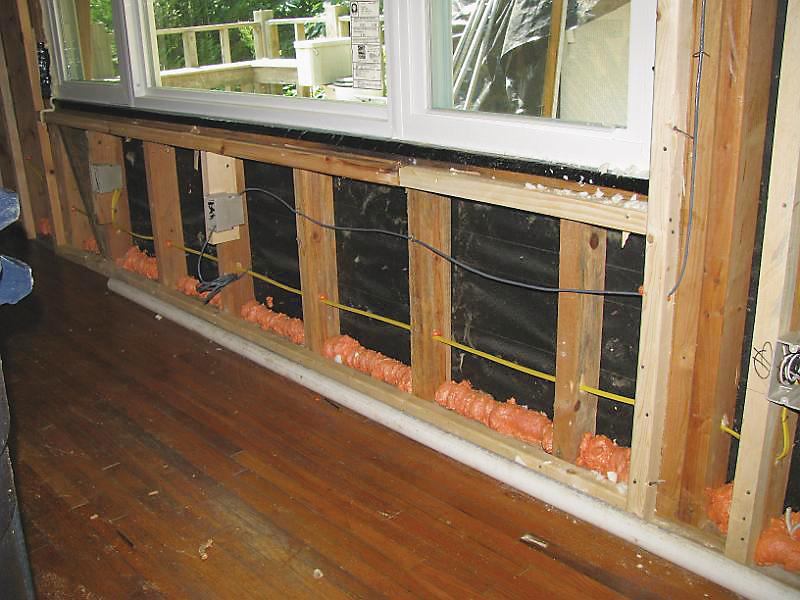After working 10 years in the construction industry, two years ago James Pader started a company dedicated to green building and remodeling. He purchased a 4-acre property for development and built a 2,400-square-foot house to showcase his Franklin, N.C., company, Winter Sun Construction’s, green practices.
Pader learned about the state’s HealthyBuilt Homes program and decided to build a house to meet its guidelines. He says the comprehensive program covers site orientation, materials, building envelope, and interior finishes. Energy Star certification, which focuses on energy efficiency and is a prerequisite for HealthyBuilt certification, requires verification by a third-party HERS rater. (HERS is the Home Energy Rating System developed by RESNET, the Residential Energy Services Network.)
HealthyBuilt is a points-based system with different certification levels. Winter Sun’s new house earned gold, the highest level available in 2008, and received a STARS Award from the North Carolina Home Builders Association for Best Affordable Green Home 2009, and sold within six months.
Remodeling Application
The 4-acre property also had a 750-square-foot existing cabin that was in rough shape. Pader began making repairs, but once he removed the walls and saw the rotting studs in the bathroom, he decided to completely gut and renovate the structure and get it Energy Star certified. During his work with Energy Star certification for the new home, he “realized it could be applied to a remodeling situation.”To earn Energy Star certification, a new or remodeled house must be 15% more energy efficient than the 2004 International Residential Code — a HERS rating of 85. The remodeled 1959 cabin has a HERS rating of 77, Pader says, which is 23% more efficient than if it were built today.
“It comes down to good tight air sealing and getting a good envelope,” Pader says. He worked most intently on the items on Energy Star’s thermal bypass checklist, which required sealing and insulating the building envelope. The speculative remodel provided a side project for the Winter Sun crew during down times. It’s now for sale and listed on the company’s website.
—Nina Patel, senior editor, REMODELING.
Consumer Demand
James Pader hopes area homeowners express more interest in energy-efficient projects. “I’d really like to see interest in remodeling projects like these grow. It’s going to be a hard thing for us to adjust to culturally, but economically, I think because of the housing situation, it will become kind of forced,” he says. “The economics will adjust and energy-efficient remodeling will gain a foothold.”
Until the, however, he believes that cash incentives, rather than tax credits, will be more successful in coaxing homeowners to install green products. “I am a salesman. I can’t sell stuff without putting value to it,” he says. He’d like to see a cash rebate for Energy Star certification. “We need to present things in away that consumer will want to buy,” he says. He works with his clients on value engineering to optimize their energy-efficiency investment. He says HealthyBuilt’s 14-page check list is a great resource that allows owners to evaluate what is important to them. “What kind of performance for what cost savings? We have to keep it saleable,” Pader says.
— Nina Patel



